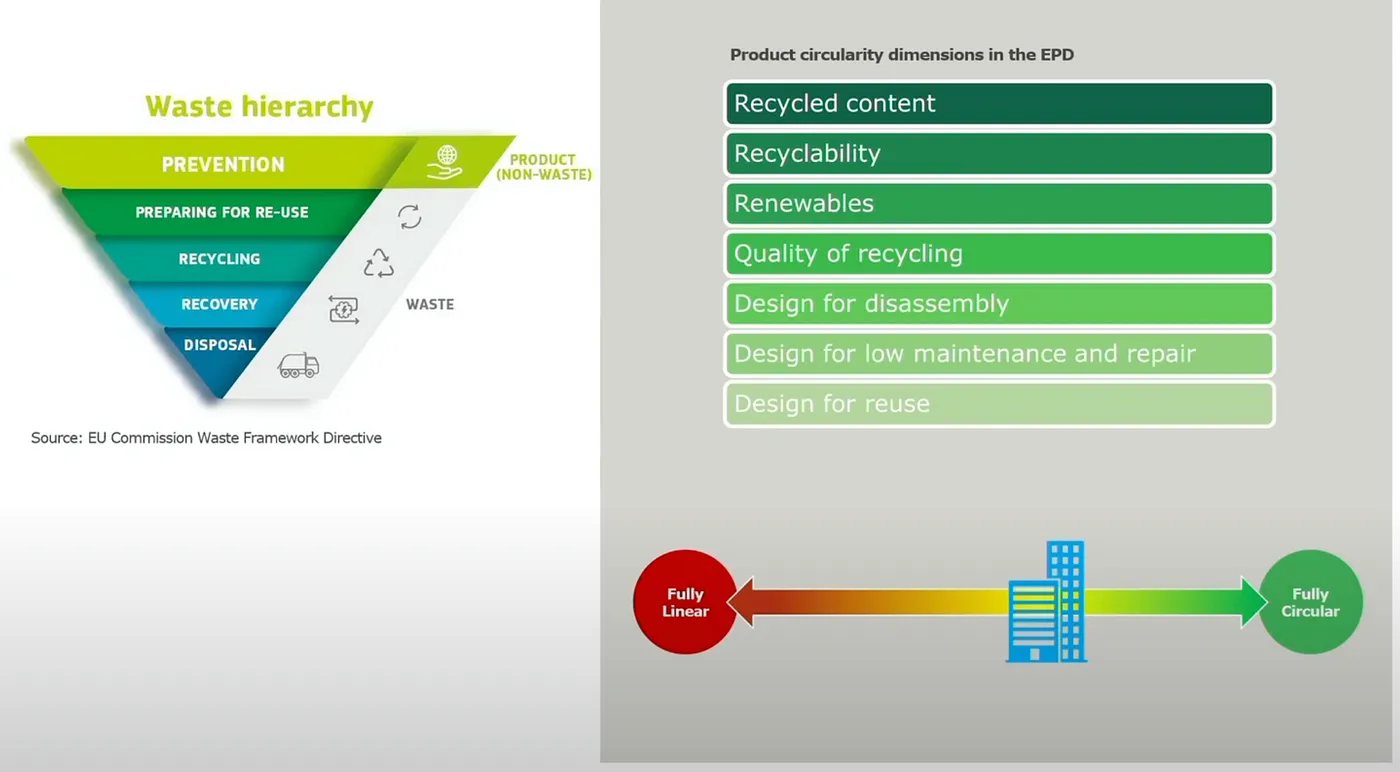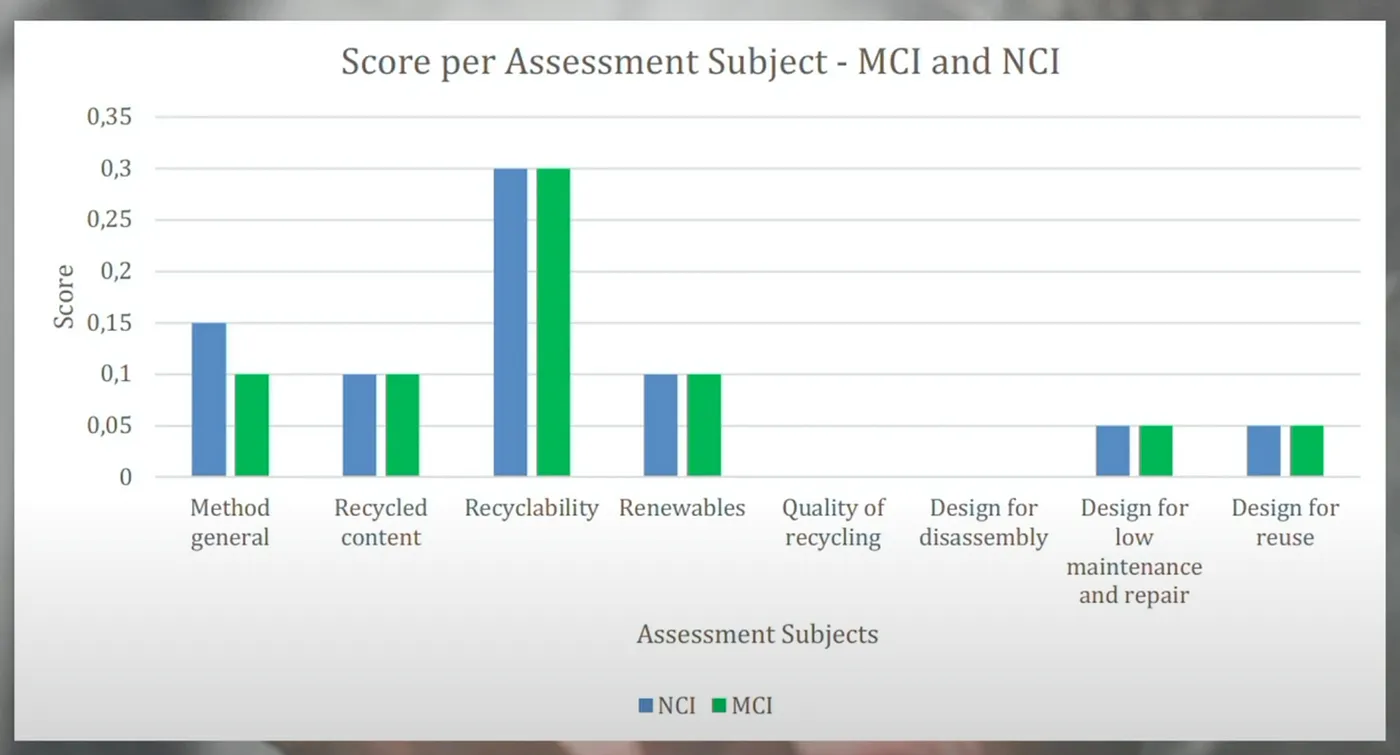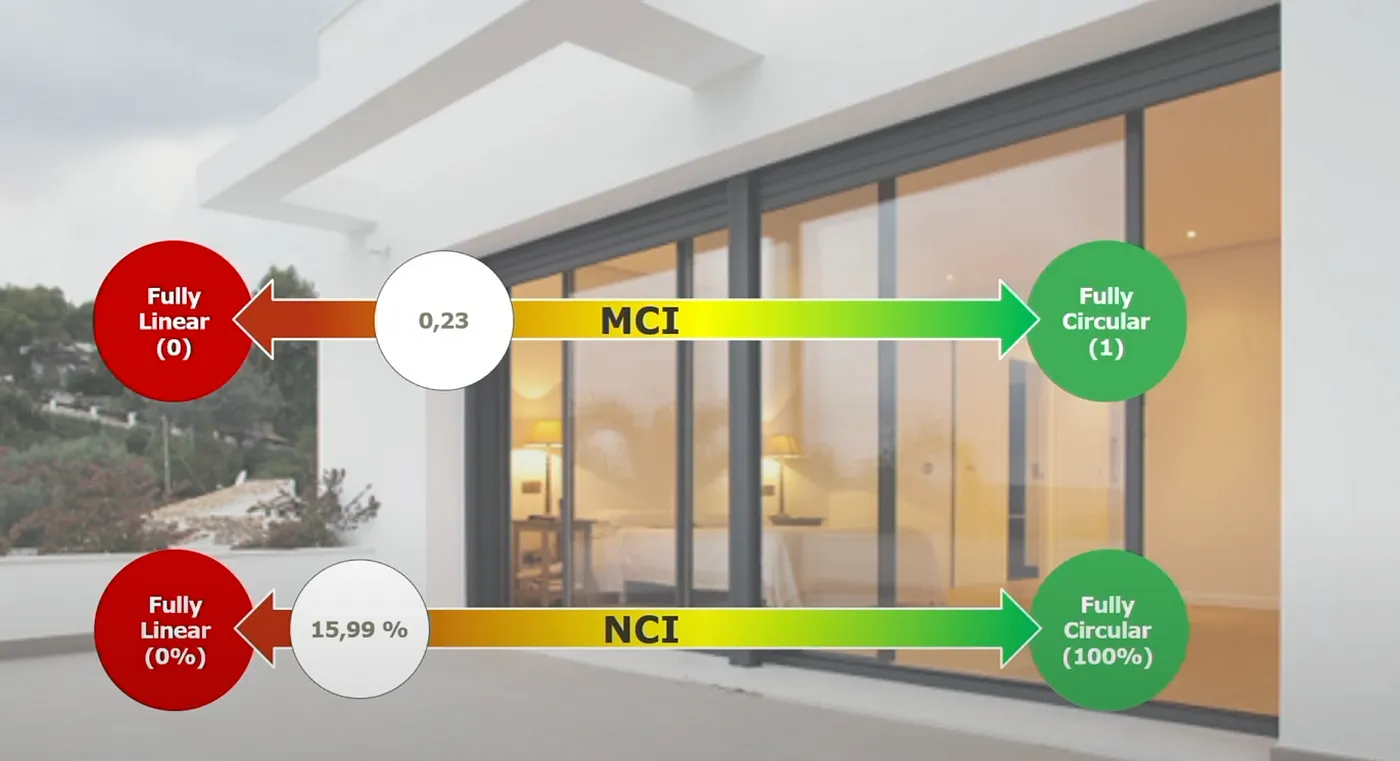Embedding the Circular Economy in EPDs
 This article is based on the latest update on the topic by Martin Blumberg who leds the Circular Economy Task Force on ECO platform, The video of the talk can be found below.
This article is based on the latest update on the topic by Martin Blumberg who leds the Circular Economy Task Force on ECO platform, The video of the talk can be found below.


Introduction to Circular Economy in Construction
The concept of a circular economy in construction revolves around rethinking the traditional linear model of ‘take, make, dispose’ and transforming it into a sustainable cycle of ‘reuse, recycle, and recover’.
This approach emphasizes minimizing waste, extending the lifecycle of materials, and reusing resources to create a more sustainable and environmentally friendly construction industry.
By prioritizing sustainable materials, efficient design, and innovative recycling methods, the circular economy aims to reduce environmental impact and foster a more sustainable future in construction. This shift not only benefits the environment but also presents new economic opportunities and encourages innovation in building design and material usage.
The Role of EPDs in Circular Economy
Environmental Product Declarations (EPDs) have evolved to become crucial in providing environmental information based on the life cycle of products. Globally, they are being integrated into policy frameworks to support circular economy principles.
Developing Circular Economy Frameworks for EPDs

In 2022, the EPD platform’s Circular Economy Task Group was established to create a standardized approach for assessing products’ alignment with circular principles. The task group aims to integrate these standards into EPDs by early 2025.
Key Steps for EPD Integration
- Develop recognized methods for circularity assessment.
- Propose integration of circularity information in EPDs.
- Create verification guidelines for circularity in construction products.
Methodologies for Circularity Assessment
The Task Group analyzed existing circular economy methods to develop a comprehensive circularity assessment framework.
Comparative Analysis of Circularity Methods
- Material Circularity Indicator (MCI) by Ellen MacArthur Foundation
- New Circularity Index by NLX and ICMQ

Pilot Study Insights and Future Directions
A pilot study with a sliding door manufacturer highlighted the usability and data collection aspects of the MCI and NLX & ICMQ methods. Future steps include further engagement with Green Building Councils and manufacturers for method refinement.
Conclusion
Integrating circular economy principles in EPDs is vital for aligning construction projects with global sustainability goals. The Circular Economy Task Group’s efforts will ensure EPDs accurately reflect a product’s sustainability credentials, leading the way to a resource-efficient future.

Related articles

Climate-Resilient Materials for the Built Environment: A Data-Centred Prime
As climate volatility intensifies, resilience metrics are fast becoming as critical as carbon data in material selection. This article outlines why adaptation is now a design imperative, how materials can be evaluated through a systems lens, and what KPIs project teams should demand. From self-healing concrete to fire-rated façades, we present a structured taxonomy of resilient materials, explain how to embed this intelligence into digital design workflows, and propose next steps for specification, benchmarking, and procurement.
Read more
The Most Interesting Low Carbon Products in Office Design
In this article and collection, we highlight 11 outstanding products that contribute to a lower carbon footprint in office design.
Read more
Top Low Carbon Building Boards: Performance, Benefits, and Use Cases
The building boards highlighted in this article and collection showcase low-carbon innovation in modern construction.
Read more